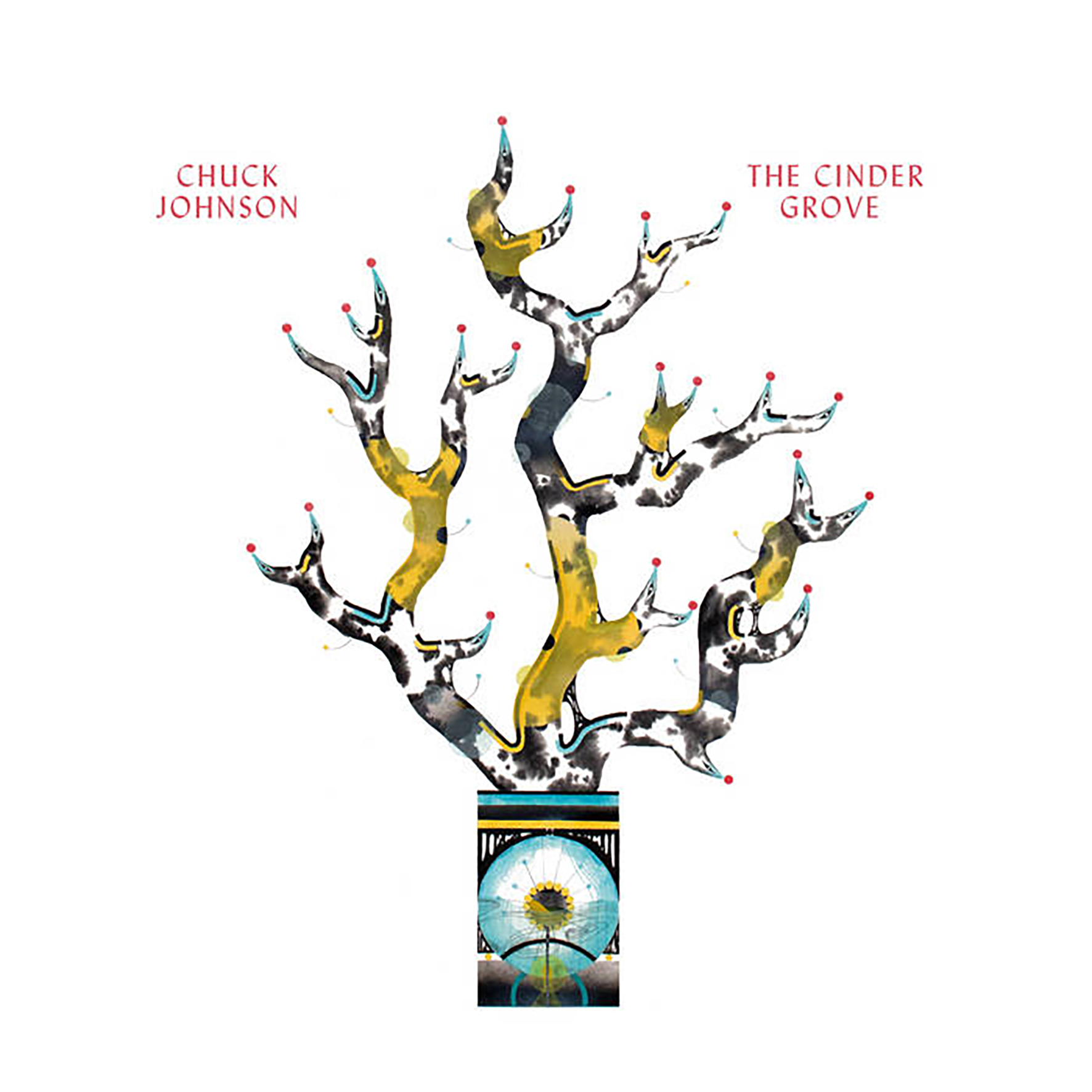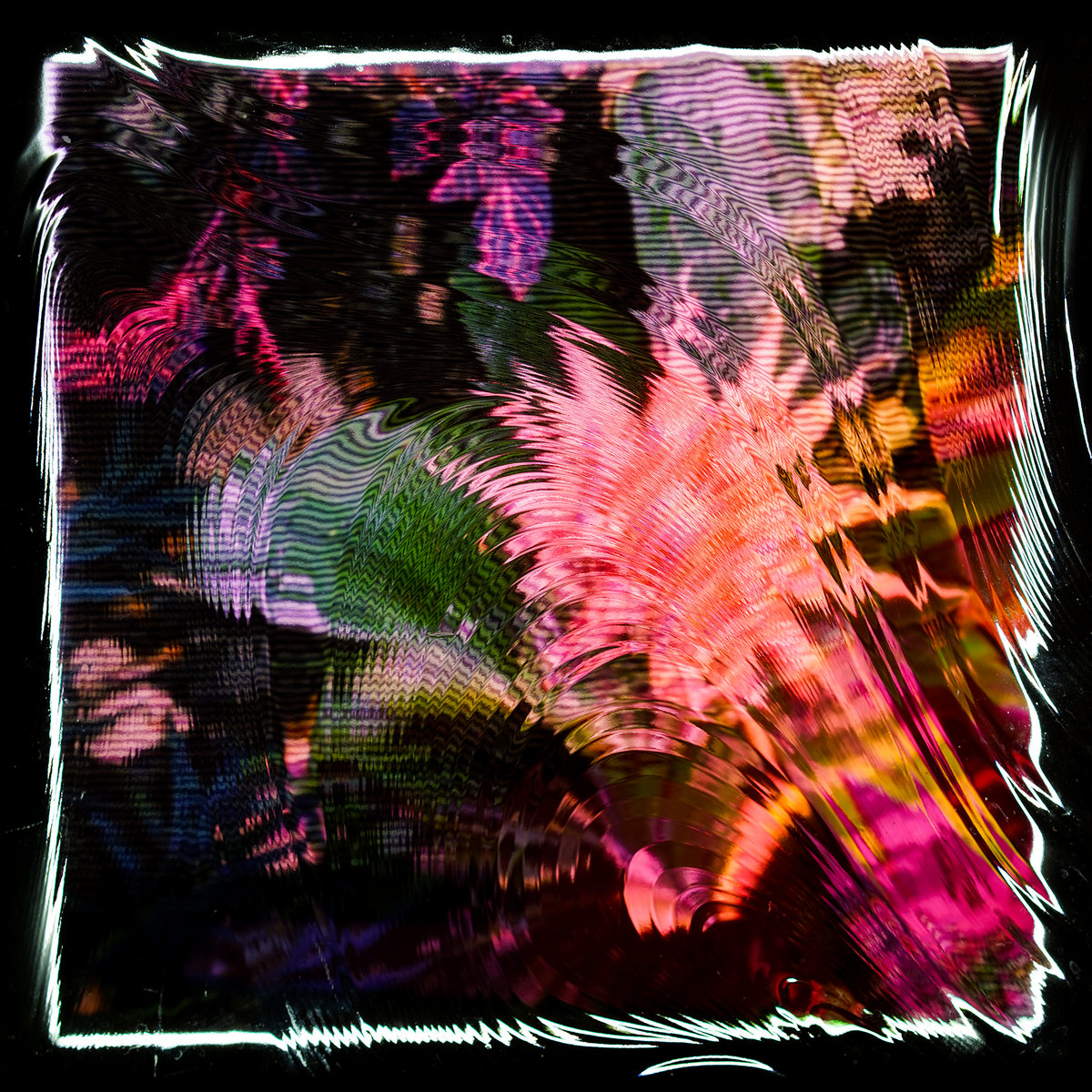
The first few seconds hearing Camila de Laborde's child-like, playful vocals may suggest an airy Scandinavian pop direction for duo Camila Fuchs. Assumptions are quickly shattered as the start of Kids Talk Sun gives way to world-weariness. Ghostly vocals stand against a spectral kaleidoscope of tempered electronics, crafted partly by Pete Kember, aka Sonic Boom (Spacemen 3, Spectrum and E.A.R.). Kember lends his finish to hazy and spacey melodies punctuated by luminous pop moments, resulting in an ornate tapestry of emotion woven with reverberation and electronics, sewn together by de Laborde's expressive voice.
Portugal-based Camila Fuchs consists of vocalist Camila de Laborde and Daniel Hermann-Collini. The album is a reflection on the interactions between humans -- particularly children -- and nature. Case in point, de Laborde laments, "There was no way, no need to be careful" in "Moon Mountain," suggesting a hearkening back to a time of fearlessness and innocence. The album itself was recorded near the sea and wilderness around Lisbon; the band's transition between nature and the studio encouraged mimicry of their environment through sonic experimentation. Listen closely to the ascending vocals in "Pool of Wax," supported by a steady and comforting rhythm, before being swallowed in a tide of reverberation. In instrumental "Gloss Trick," one of my personal favorites, there can be heard the biomimicry of seabirds, ship horns -- wait, is that a whale call, or some nighttime creature? Ultimately it really doesn't matter. The point is to "dial up the magic" and reconnect with yourself and your surroundings, summed up nicely in "Roses:"
Dial up the magic, dial the magic up anytime you want
Allow yourself to be the bell tower
Make some noise, feel the noise
On your body, on your nose
Connecting you to the earth
Samples can be found here.




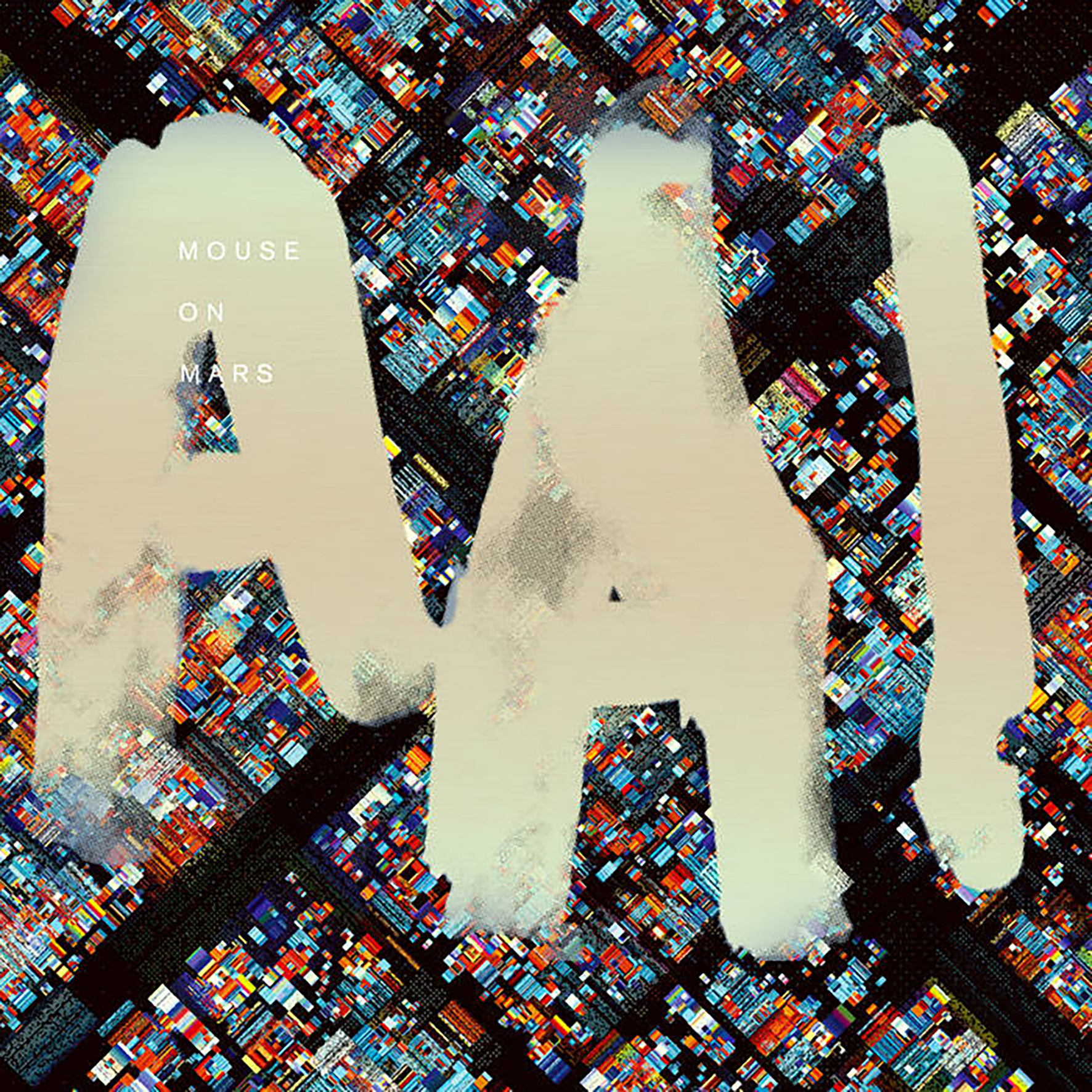
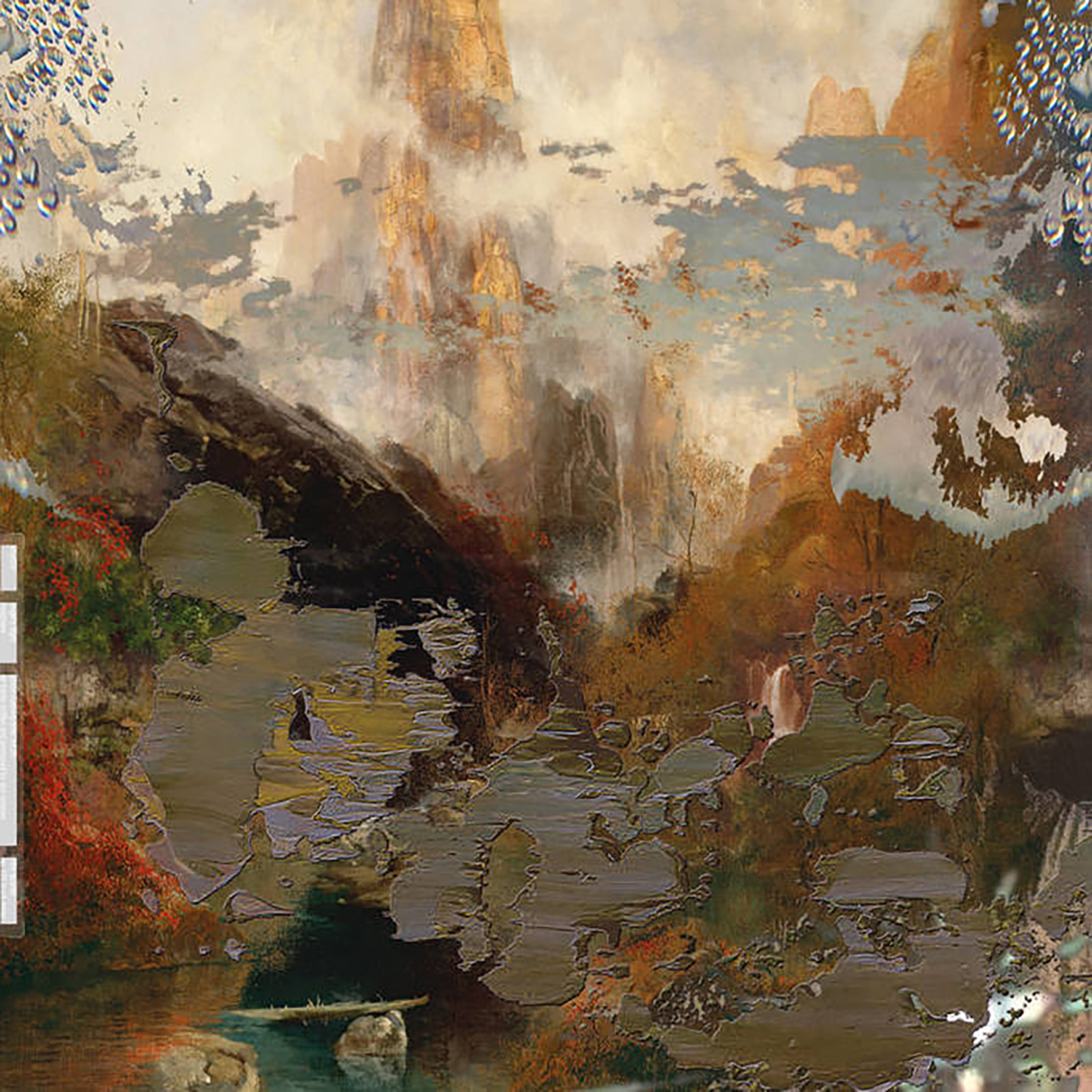 I believe I have been listening to Biosphere for at least 20 years now, but the project's evolution over the last five years or so has been especially fascinating, as Geir Jenssen's creative restlessness has led him to release one surprise after another. To my ears, 2016's Departed Glories remains the high water mark of this adventurous phase, but I am delighted that Jenssen seems to be actively looking for new challenges and that the results are almost invariably enjoyable and distinctive. This latest release continues that trajectory of endlessly breaking new ground, as the bulk of Angel's Flight was composed for a Norwegian dance production entitled Uncoordinated Dog. More significantly, all twelve pieces were crafted from repurposed fragments of Beethoven's "String Quartet No. 14." Unsurprisingly, much of the album would be unrecognizable to Beethoven, as Jenssen does an admirable job of blurring, stretching, blackening, and chopping his source material into a compellingly hallucinatory neo-classical fever dream.
I believe I have been listening to Biosphere for at least 20 years now, but the project's evolution over the last five years or so has been especially fascinating, as Geir Jenssen's creative restlessness has led him to release one surprise after another. To my ears, 2016's Departed Glories remains the high water mark of this adventurous phase, but I am delighted that Jenssen seems to be actively looking for new challenges and that the results are almost invariably enjoyable and distinctive. This latest release continues that trajectory of endlessly breaking new ground, as the bulk of Angel's Flight was composed for a Norwegian dance production entitled Uncoordinated Dog. More significantly, all twelve pieces were crafted from repurposed fragments of Beethoven's "String Quartet No. 14." Unsurprisingly, much of the album would be unrecognizable to Beethoven, as Jenssen does an admirable job of blurring, stretching, blackening, and chopping his source material into a compellingly hallucinatory neo-classical fever dream. The Opalio Brothers somehow managed to release three strong albums last year, but I believe only this one was (spontaneously) composed and recorded during the pandemic. It was also inspired by it, as The World That IS and IS NOT is billed as a concept album of sorts: an "existential reflection" on a scenario "where everything seems to vanish into the void." That admittedly sounds like a recipe for a bleak album, but the Opalios arguably went the opposite route, heading in a warmer direction to illustrate how music and art can help us transcend the "spiritual disquiet and moral despair" of the current age. To new or casual fans, that increased warmth will probably be nearly imperceptible, as it will be largely eclipsed by the fundamentally outré and mind-meltingly psychedelic elements of this project. Longtime fans will definitely notice a difference though, as this is an unusually meditative album with a satisfying and purposeful arc. While I tend to enjoy the comparative unpredictability of MCIAA's collaborations the most these days, this one captures Roberto and Maurizio in especially inspired form on their own, as I would be hard-pressed to think of a more perfectly distilled example of their warped and wonderful vision.
The Opalio Brothers somehow managed to release three strong albums last year, but I believe only this one was (spontaneously) composed and recorded during the pandemic. It was also inspired by it, as The World That IS and IS NOT is billed as a concept album of sorts: an "existential reflection" on a scenario "where everything seems to vanish into the void." That admittedly sounds like a recipe for a bleak album, but the Opalios arguably went the opposite route, heading in a warmer direction to illustrate how music and art can help us transcend the "spiritual disquiet and moral despair" of the current age. To new or casual fans, that increased warmth will probably be nearly imperceptible, as it will be largely eclipsed by the fundamentally outré and mind-meltingly psychedelic elements of this project. Longtime fans will definitely notice a difference though, as this is an unusually meditative album with a satisfying and purposeful arc. While I tend to enjoy the comparative unpredictability of MCIAA's collaborations the most these days, this one captures Roberto and Maurizio in especially inspired form on their own, as I would be hard-pressed to think of a more perfectly distilled example of their warped and wonderful vision. I am not sure which is more impressive: that Ashley Paul managed to compose a focused, inventive, and challenging album like this while living with a toddler or that she somehow managed to (remotely) form a tight new trio of like-minded collaborators during a pandemic lockdown. Admittedly, I was a bit apprehensive about the latter development, as the fragility and uneasy intimacy of Paul's past work has always been one of its more endearing aspects, but her instincts thankfully proved to be characteristically unerring, as Ray continues her recent streak of great albums. In fact, this is probably an ideal entry point to Paul's singular aesthetic, as it beautifully balances her more "broken" and discordant tendencies with an increased warmth, as well as a side that approximates a hallucinatory cabaret as envisioned by the Quay Brothers. It all works wonderfully, as this more varied approach yields some instant career highlights while sacrificing none of the precarious magic that made her work so unique and mesmerizing in the first place.
I am not sure which is more impressive: that Ashley Paul managed to compose a focused, inventive, and challenging album like this while living with a toddler or that she somehow managed to (remotely) form a tight new trio of like-minded collaborators during a pandemic lockdown. Admittedly, I was a bit apprehensive about the latter development, as the fragility and uneasy intimacy of Paul's past work has always been one of its more endearing aspects, but her instincts thankfully proved to be characteristically unerring, as Ray continues her recent streak of great albums. In fact, this is probably an ideal entry point to Paul's singular aesthetic, as it beautifully balances her more "broken" and discordant tendencies with an increased warmth, as well as a side that approximates a hallucinatory cabaret as envisioned by the Quay Brothers. It all works wonderfully, as this more varied approach yields some instant career highlights while sacrificing none of the precarious magic that made her work so unique and mesmerizing in the first place.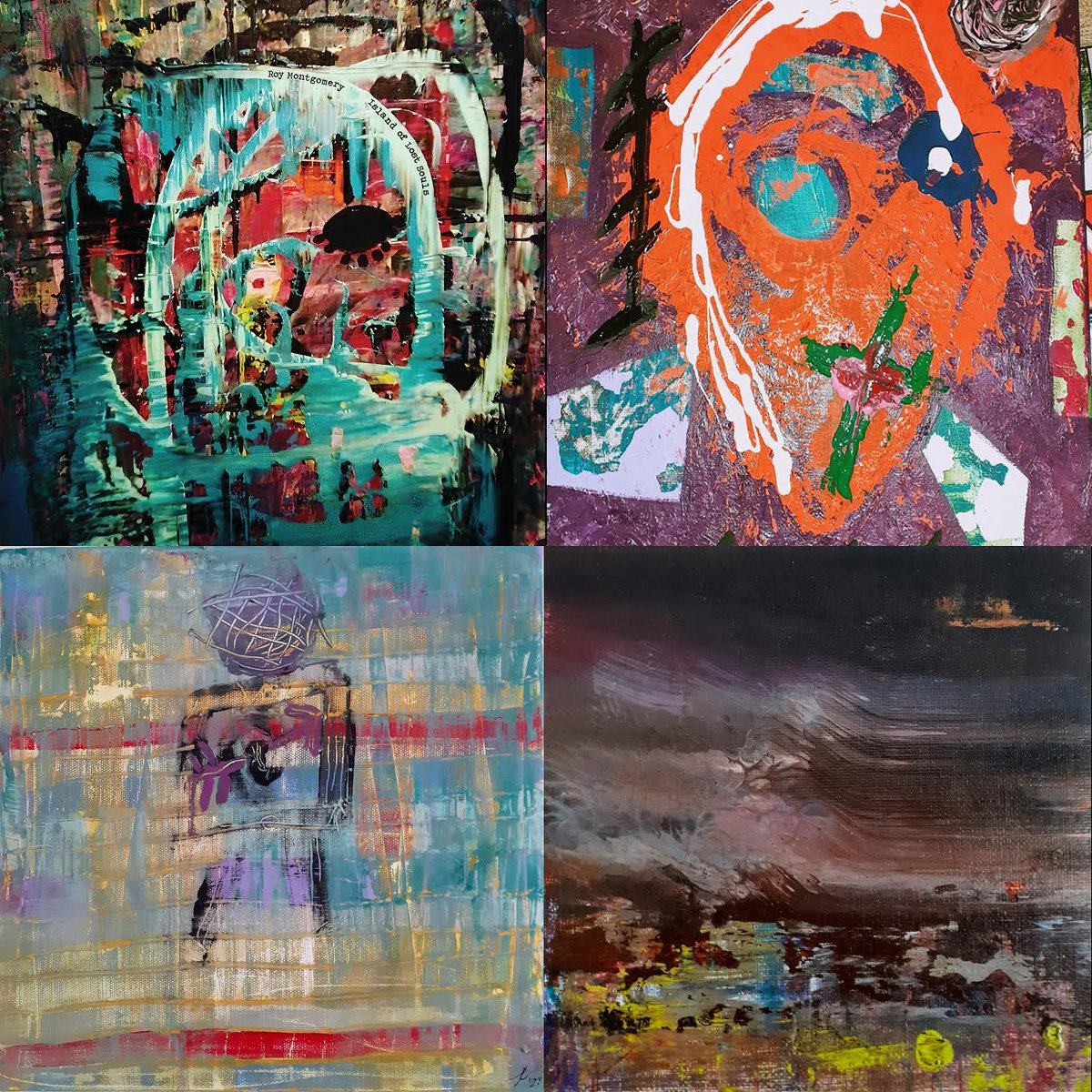
 Much like the prolific music criticism on his
Much like the prolific music criticism on his 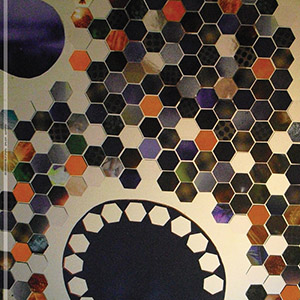 With only a handful of releases so far (as Rrill Bell and as The Preterite), the American born, German based composer Jim Campbell and his arsenal of various tape machines, is already doing amazing work. Layers of processed field recordings, various incidental tapes, and who knows what else come together in these two extremely dynamic and complex compositions that at times seem like completely alien, yet utterly fascinating worlds.
With only a handful of releases so far (as Rrill Bell and as The Preterite), the American born, German based composer Jim Campbell and his arsenal of various tape machines, is already doing amazing work. Layers of processed field recordings, various incidental tapes, and who knows what else come together in these two extremely dynamic and complex compositions that at times seem like completely alien, yet utterly fascinating worlds.